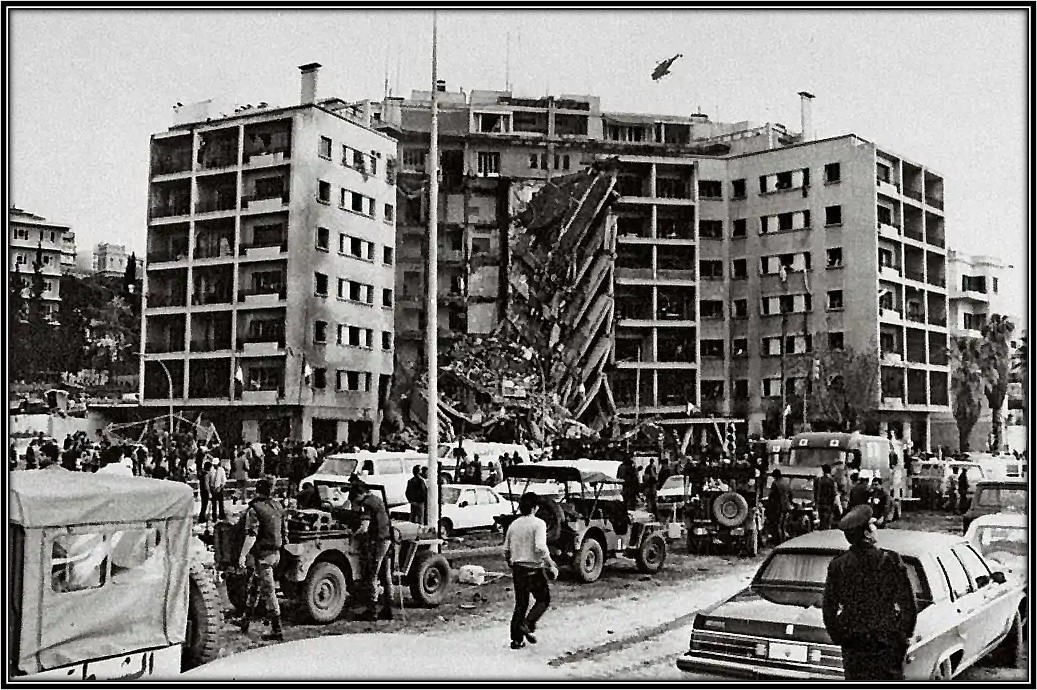Good Friday evening fellow ECAHFer’s. According to History.com and downloaded yesterday from https://www.history.com/this-day-in-history/april-18/doolittle-leads-air-raid-on-tokyo, “On April 18, 1942, 16 American B-25 bombers, launched from the aircraft carrier USS Hornet 650 miles east of Japan and commanded by Lieutenant Colonel James H. Doolittle, attacked the Japanese mainland.
“The now-famous Tokyo Raid did little real damage to Japan (wartime Premier Hideki Tojo was inspecting military bases during the raid; one B-25 came so close, Tojo could see the pilot, though the American bomber never fired a shot)—but it did hurt the Japanese government’s prestige. Believing the air raid had been launched from Midway Island, approval was given to Admiral Isoroku Yamamoto’s plans for an attack on Midway—which would also damage Japanese ‘prestige.’ Doolittle eventually received the Medal of Honor.

According to the US Department of Defense, “For the raiders themselves, the mission came with a high price. Three men were killed in action, and eight were captured; several of those would be executed by Japanese forces. Chinese civilians also suffered a tragic toll. They were systematically punished by Japan for aiding the raiders, resulting in an estimated 250,000 deaths.”
“A book describing the raid, 30 Seconds Over Tokyo by Ted Lawson, was adapted into a film starring Spencer Tracy in 1944.”
And, for the second vignette of our twofer, this was not purely an aviation history event but aviation was certainly involved. In fact, I was personally involved in this event that many historians call the “first blast” and beginning of the “war on terrorism”. I was deployed aboard the USS Guadalcanal serving as the flight leader for the “ready crew” anchored off the coast of Beirut and felt the ship shudder, almost like it had run aground. That shudder was caused by the massive explosion at the US Embassy several miles away as the crow flies. Shortly thereafter, General Quarters was sounded and a few minutes later we were manning our aircraft already fueled, pre-flighted, and positioned on their spots on the flight deck, ready for takeoff from the helicopter carrier.
We ended up being the first of many helicopters landing outside the embassy to medivac dead and wounded to the USS Guadalcanal and to ferry Marines and equipment to the Embassy. On this day in 1983, according to History.com and downloaded yesterday from https://www.history.com/this-day-in-history/april-18/suicide-bomber-destroys-u-s-embassy-in-beirut, “The U.S. embassy in Beirut, Lebanon, was almost completely destroyed by a car-bomb explosion that killed 63 people, including the suicide bomber and 17 Americans. The terrorist attack was carried out in protest of the U.S. military presence in Lebanon.

“In 1975, a bloody civil war erupted in Lebanon, with Palestinian and leftist Muslim guerrillas battling militias of the Christian Phalange Party, the Maronite Christian community, and other groups. During the next few years, Syrian, Israeli, and United Nations interventions failed to resolve the factional fighting, and on August 20, 1982, a multinational force featuring U.S. Marines landed in Beirut to oversee the Palestinian withdrawal from Lebanon.
“The Marines left Lebanese territory on September 10 but returned on September 29, following the massacre of Palestinian refugees by a Christian militia. The next day, the first U.S. Marine to die during the mission was killed while defusing a bomb, and on April 18, 1983, the U.S. embassy in Beirut was bombed. On October 23, Lebanese terrorists evaded security measures and drove a truck packed with explosives into the U.S. Marine barracks in Beirut, killing 241 U.S. military personnel. Fifty-eight French soldiers were killed almost simultaneously in a separate suicide terrorist attack. On February 7, 1984, U.S. President Ronald Reagan announced the end of U.S. participation in the peacekeeping force, and on February 26 the last U.S. Marines left Beirut.”
Onward and upward!
Kind regards,
Barry R. Fetzer
ECAHF Historian
